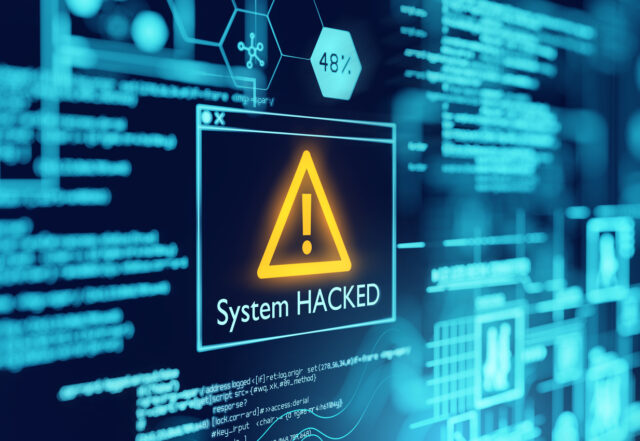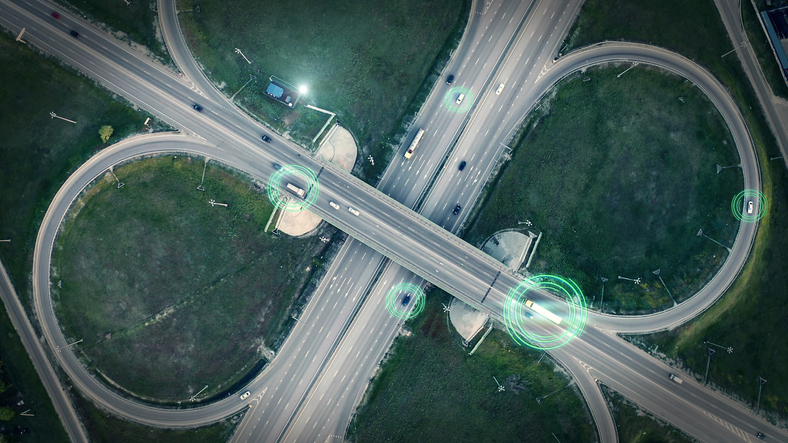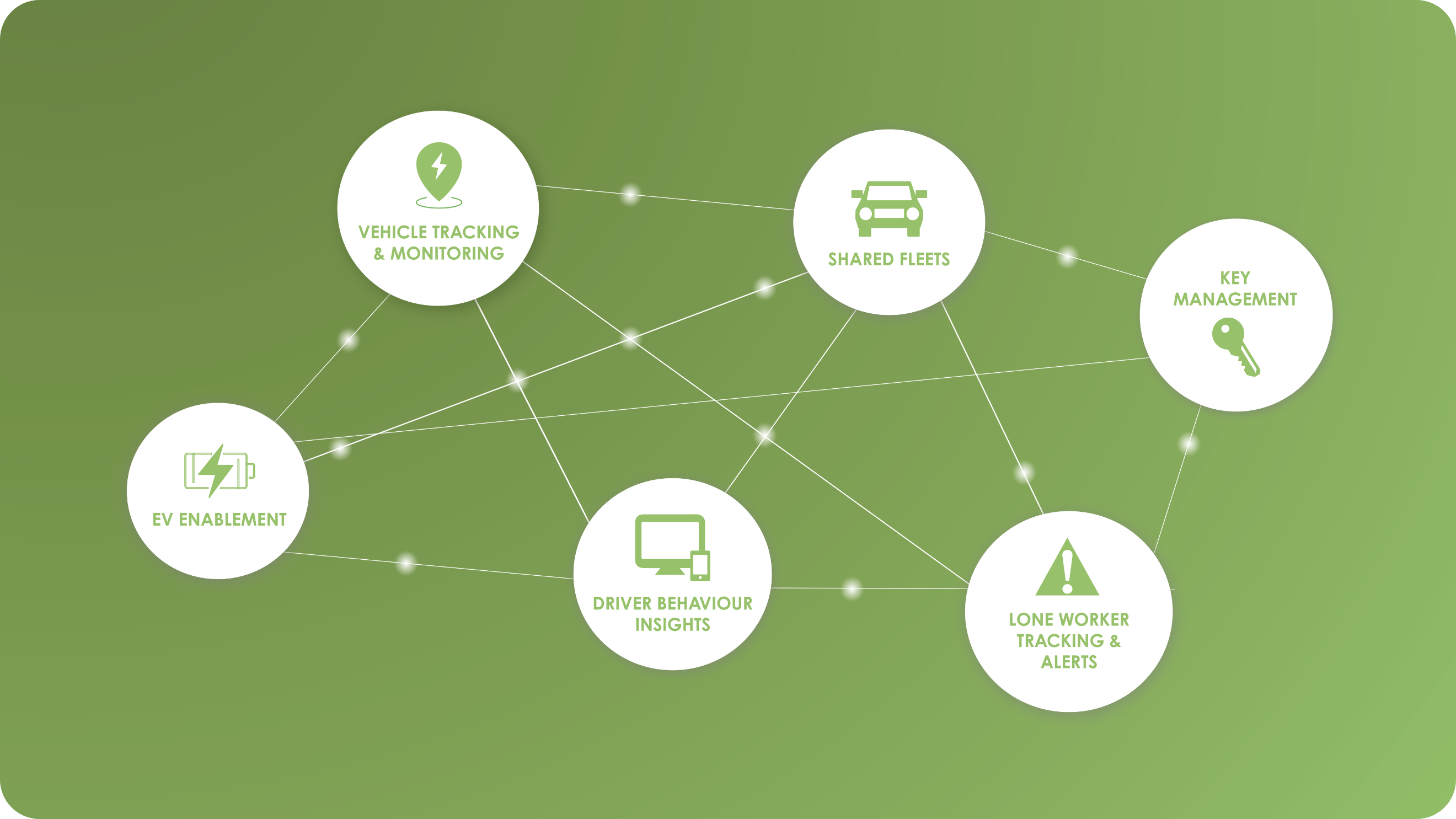
The emergence of software, including apps, has made asset tracking easier and more accurate than ever. It has proven a boon to such industries as mining, oil, gas and construction, whose multimillion-dollar plant and equipment not only requires security, but the means to predict costly failures before they occur.
The failure of asset tracking software through malware, hackers or other forces can result in enormous financial, human and reputational costs, which is where cybersecurity experts increasingly come into play across all industries.
Troy Park is a former Australian Army intelligence officer whose business, Montane Protective Security, advises companies on the prevention and defence of cybersecurity threats, as well as emergency responses.
Park says online crime has become increasingly complex, making it difficult for internal IT staff to provide the security needed to protect asset management and other essential business information and software systems.
“Cybercriminals employ techniques to breach security and access information that are constantly evolving to overcome online security advances,” he said. “In the past, cyber threats were mainly ‘script kiddies’ who broke into networks and defaced websites for a joke. It wasn’t long, however, before criminals worked out that there was money to be made through theft of data or financial crime.”

Park says organisations – even those who took some time to jump aboard the cyber train – were rapidly adapting online and computer-based technology. “Unfortunately, many business entities think they can protect their data, devices and computer systems with anti-spyware and anti-virus software platforms only,” he says. “However, the threat of cybercrime globally is constantly evolving, and criminal networks are becoming more and more sophisticated. Therefore, additional layers of defence and processes are required.”
He says training and awareness are important first steps to mitigate cyberattack risks. “All management and employees should be aware of cyber threats and the actions they can take to protect their information,” he says. “It’s also very important for organisations to understand how their networks are organised, the criticality of their systems and devices, the value of company and client private and sensitive information and how it is stored and protected.
“In addition, the type, quantity, age, location and deployment of ICT systems and infrastructure need to be considered as part of an overall information security strategy.”
Park suggests organisations need to “develop and conduct a specific and systematic assessment” of their business operations to identify threats and risks.
A specific and tailored information security strategy will ensure organisations have the protection they need and make the best use of available finances. “Cybercrime is now a market-driven economy and, unfortunately, business is very good,” says Park.













